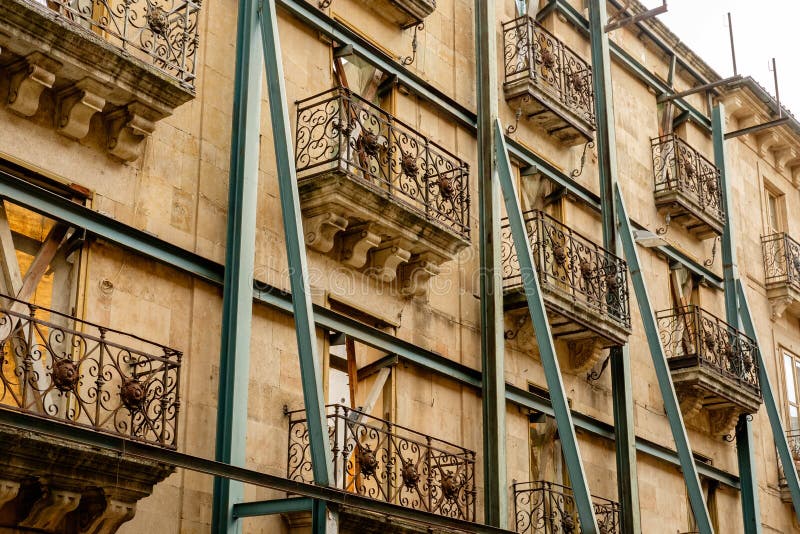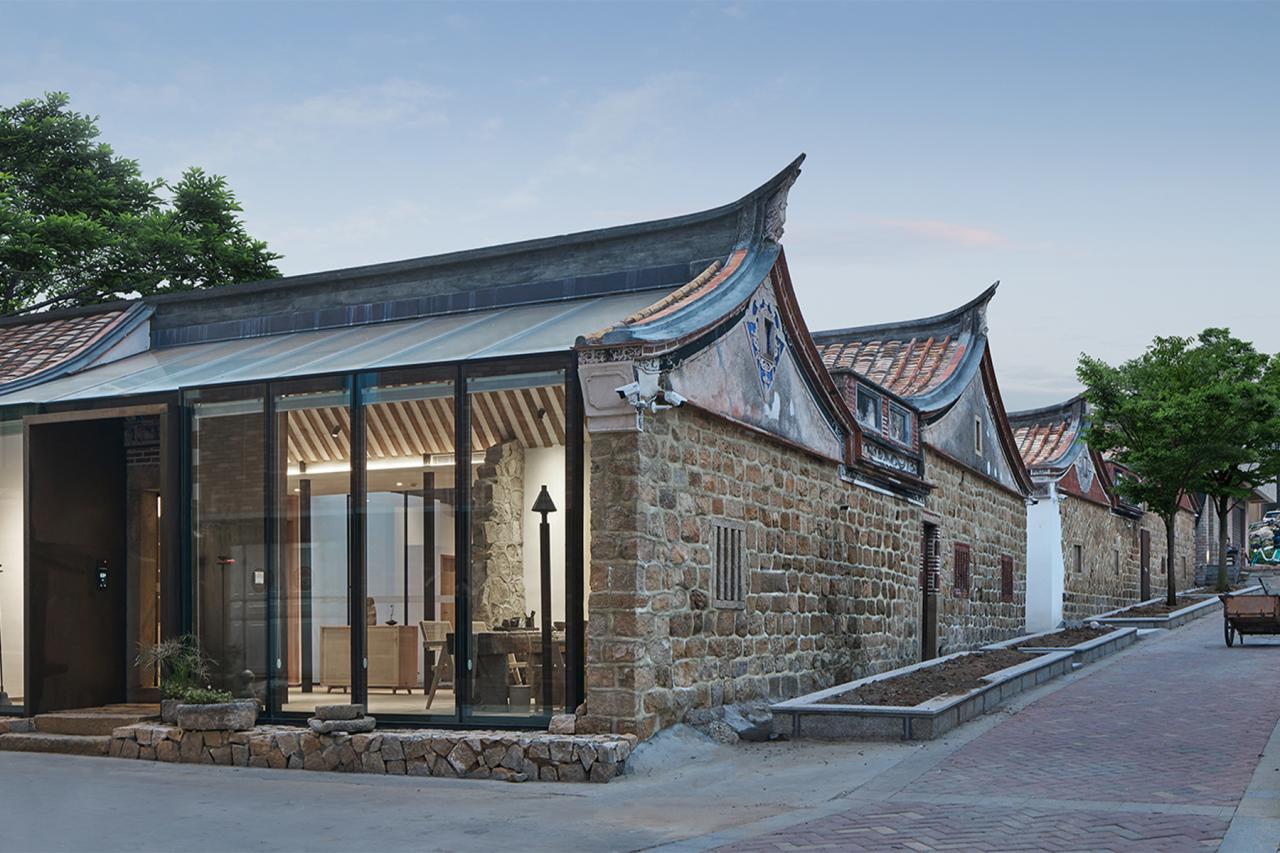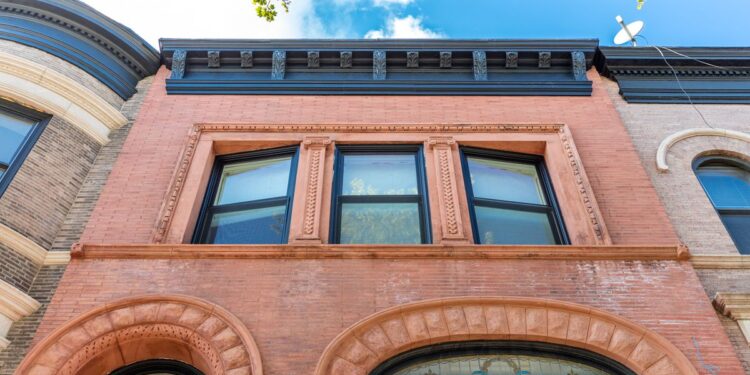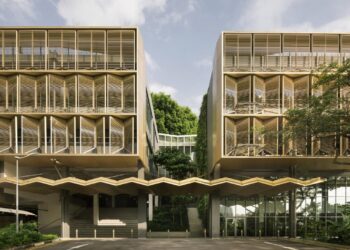In the landscape of modern architecture, historic buildings stand as a testament to a bygone era. They are more than just old structures; they are living artifacts that embody the cultural, social, and architectural history of a community. Yet, the ravages of time, neglect, and changing needs often threaten their existence. Restoring historic buildings is a noble and complex endeavor, a delicate balance between preserving the original integrity and adapting the structure for contemporary use. It’s a process that requires a deep understanding of history, a mastery of traditional craftsmanship, and a savvy approach to modern technology. This comprehensive guide will take you on a journey through the intricate world of historic restoration, exploring the fundamental principles, the critical phases of a project, and the innovative techniques that are breathing new life into these irreplaceable structures. Whether you are a building owner, an architect, or simply an enthusiast, this article will provide an in-depth look at what it takes to save a piece of history and ensure its legacy for future generations.
The Philosophy of Preservation

Before the first tool is lifted, a successful historic restoration project must be guided by a clear philosophy. This is what distinguishes restoration from mere renovation.
A. The Principle of Minimal Intervention
The core tenet of historic preservation is to do as little as possible to the original fabric of the building. The goal is to preserve as much of the original material and design as possible, rather than replacing it. When new materials are necessary, they should be carefully chosen to be compatible with the old ones, both aesthetically and structurally. This approach honors the building’s history and ensures that its authentic character remains intact.
B. The Difference Between Preservation, Restoration, and Rehabilitation
These terms are often used interchangeably, but they have distinct meanings in the world of historic architecture.
- Preservation: This focuses on maintaining the building’s current state and protecting it from decay. It involves a “hands-off” approach, with a primary goal of arresting deterioration.
- Restoration: This is a more active process aimed at depicting a building as it appeared at a specific period in its history. This can involve removing later additions and reconstructing missing features from that era.
- Rehabilitation: This involves adapting a historic building for a new use while retaining its historic character. This is often the most common approach, as it allows a building to be a functional part of the modern world.
C. Understanding the Building’s History
A thorough understanding of the building’s history is the foundation of any restoration project. This includes its original purpose, the different periods of its use, and any significant alterations it has undergone. Archival research, old photographs, and a detailed material analysis are all part of this crucial first step.
The Restoration Process
A historic restoration project is a meticulous, multi-phase process. Skipping any of these steps can lead to irreversible damage or a loss of the building’s historic significance.
A. Assessment and Documentation
The first phase is a comprehensive investigation into the building’s condition and history.
- Condition Assessment: A team of specialists, including architects, engineers, and preservation consultants, conducts a detailed inspection of the building from the foundation to the roof. They identify structural issues, material decay, and areas of concern.
- Archival Research: This involves delving into historical records, blueprints, old photographs, and oral histories. The goal is to build a complete picture of the building’s past and to find evidence of its original design and materials.
- Documentation: Every aspect of the building, from its current condition to its historical features, is meticulously documented. This includes detailed photographs, measured drawings, and written reports. This documentation serves as a critical roadmap for the entire project.
B. Planning and Design
With a solid understanding of the building’s history and condition, the planning phase begins.
- Developing a Plan: A clear plan is developed, outlining the scope of work, the restoration goals (e.g., restoration to a specific period or rehabilitation for a new use), and a timeline. This plan must also adhere to local and national preservation standards.
- Structural Engineering: A structural engineer is brought in to design solutions for any structural weaknesses, ensuring the building’s safety and longevity. This can involve reinforcing foundations, repairing load-bearing walls, or strengthening the roof structure.
- Modern Systems Integration: One of the biggest challenges is integrating modern systems—like HVAC, plumbing, and electrical—without compromising the building’s historic character. This requires creative solutions, such as hiding ductwork and wiring in unobtrusive locations.
C. The Restoration Work
This is the hands-on phase where the real work of restoration takes place. It often involves a combination of traditional craftsmanship and modern technology.
- Material Sourcing and Repair: Sourcing historically accurate materials can be a major challenge. When original materials are too damaged to be repaired, specialists may need to find reclaimed materials or replicate them using traditional techniques.
- Craftsmanship: Restoration often requires a high degree of craftsmanship. Masons, carpenters, plasterers, and other artisans with specialized skills are needed to repair or recreate historic features.
- Façade and Roof Work: The exterior of a building is its most public face. Meticulous work is done to repair brickwork, stone, and decorative elements. The roof, as the first line of defense against the elements, is often a top priority.
- Interior Restoration: Inside, the focus is on restoring historic features like wood flooring, plasterwork, moldings, and windows. The goal is to bring these elements back to their original splendor while ensuring they are sound for the future.
Modern Tools in Historic Restoration

While historic restoration is rooted in tradition, it has been revolutionized by modern technology. These tools provide unprecedented accuracy and efficiency.
A. Digital Documentation and Modeling
- 3D Laser Scanning: Laser scanners can capture the precise geometry of a building, creating a highly accurate 3D model. This “digital twin” is invaluable for documentation, analysis, and planning, allowing architects to identify structural problems and plan repairs with pinpoint accuracy.
- Photogrammetry: This technique uses photographs to create 3D models. It’s a cost-effective way to document a building’s exterior and interior, capturing intricate details that would be difficult to measure manually.
B. Advanced Material Analysis
- Non-Destructive Testing (NDT): Technologies like ground-penetrating radar and thermography can be used to assess the condition of a building without causing any damage. They can reveal hidden structural issues, water leaks, and the location of embedded pipes or wires.
- Chemical Analysis: Scientists can analyze samples of mortar, paint, or wood to determine their original composition. This information is crucial for replicating materials that are compatible with the original structure, preventing future decay.
C. Sustainable and Energy-Efficient Upgrades
The perception that historic buildings are energy hogs is no longer true. Modern restoration techniques can make them highly energy-efficient.
- Insulation: Modern insulation can be discreetly added to walls and attics without changing the building’s appearance.
- Window Restoration vs. Replacement: Instead of replacing historic windows, which are often a key feature of a building’s character, they can be restored and upgraded with modern weatherstripping, storm windows, or even a thin, clear insulating layer to improve their thermal performance.
The Broader Impact
The benefits of historic restoration extend far beyond a single building. They have a profound and lasting impact on a community.
A. Economic Revitalization
Historic restoration projects create jobs, from skilled labor and architects to suppliers and contractors. They also revitalize neighborhoods, increasing property values and attracting tourists and new businesses. A restored historic building often becomes an anchor for a community, drawing people in and creating a sense of place.
B. Environmental Sustainability
Restoration is inherently a sustainable practice. By reusing existing structures, it reduces the need for new construction, which is a major source of waste and carbon emissions. The embodied energy—the total energy required to produce a product—in a historic building is immense. Preserving it is a significant act of environmental responsibility.
C. Preserving Cultural and Social Heritage
Historic buildings are tangible links to our past. They tell the stories of the people who built them, worked in them, and lived in them. They provide a unique sense of identity and continuity for a community, reminding us of where we came from and grounding us in a world that is constantly changing.
Conclusion
Restoring a historic building is a complex, challenging, and profoundly rewarding endeavor. It is a dialogue between the past and the present, a meticulous process of honoring a structure’s history while giving it a new purpose for the future. This guide has provided a framework for that process, from the philosophical underpinnings of preservation to the practical steps of assessment, planning, and execution. By embracing a guiding principle of minimal intervention and leveraging the power of modern tools like 3D scanning and advanced material analysis, we can breathe new life into these irreplaceable structures without sacrificing their authenticity.
The benefits of this work are immense, extending beyond the aesthetic. They are economic, environmental, and cultural. A restored building becomes a beacon for a community, a symbol of resilience and a testament to the value of our shared heritage. It creates jobs, reduces waste, and connects us to the stories of those who came before us. In a world of disposable construction, historic restoration is an act of defiance, a powerful statement that some things are worth saving. It is a call to be stewards of our history, ensuring that the legacy of these remarkable buildings is not lost to time but continues to inspire and enrich the lives of generations to come. The work is hard, the challenges are many, but the result is a beautiful and enduring legacy.









